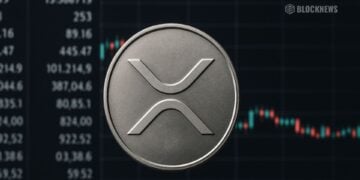- The SEC approved spot Bitcoin ETF options for NYSE and CBOE, potentially increasing ETF liquidity.
- Institutional demand for Bitcoin ETFs remains strong, with inflows helping drive the asset’s growth.
- A growing risk-on sentiment ahead of the 2024 US elections may favor Bitcoin and similar assets.
Bitcoin’s liquidity may see a notable increase after the U.S. Securities and Exchange Commission (SEC) gave the go-ahead for new spot Bitcoin exchange-traded fund (ETF) options. On October 18, the SEC approved applications from the New York Stock Exchange (NYSE) and the Chicago Board Options Exchange (CBOE), allowing them to list options for spot Bitcoin ETFs. This decision brings options trading availability to 11 approved Bitcoin ETF providers.
Institutional Demand Supports Bitcoin Growth
A report from QCP Capital, released on October 19, highlights the importance of this approval for the cryptocurrency market. The firm believes that the new ETF options could bring the liquidity required to sustain steady inflows, noting the persistent interest from institutional investors. Data indicates that a significant portion of Bitcoin’s recent growth has been driven by ETF investments, with ETFs representing about 75% of new inflows by February 15 when Bitcoin’s price surpassed $50,000.
Elections May Spark Risk-On Rally
Investor appetite for riskier assets, such as Bitcoin, could also grow as the 2024 U.S. presidential elections approach. Analysts at QCP Capital suggest that this period may boost sentiment for assets like cryptocurrencies, contributing to further rallies. Recent reports show that former President Donald Trump’s odds of securing victory have risen, which may further influence market dynamics.
For Bitcoin to confirm a breakout from its current price levels, some analysts, including Rekt Capital, argue that a weekly close above $68,700 would be a key indicator. A positive outcome for Bitcoin ETFs, which surpassed $20 billion in net inflows on October 17, could support this bullish outlook. This milestone was reached in less than a year, whereas gold-based ETFs took nearly five years to achieve the same level.














